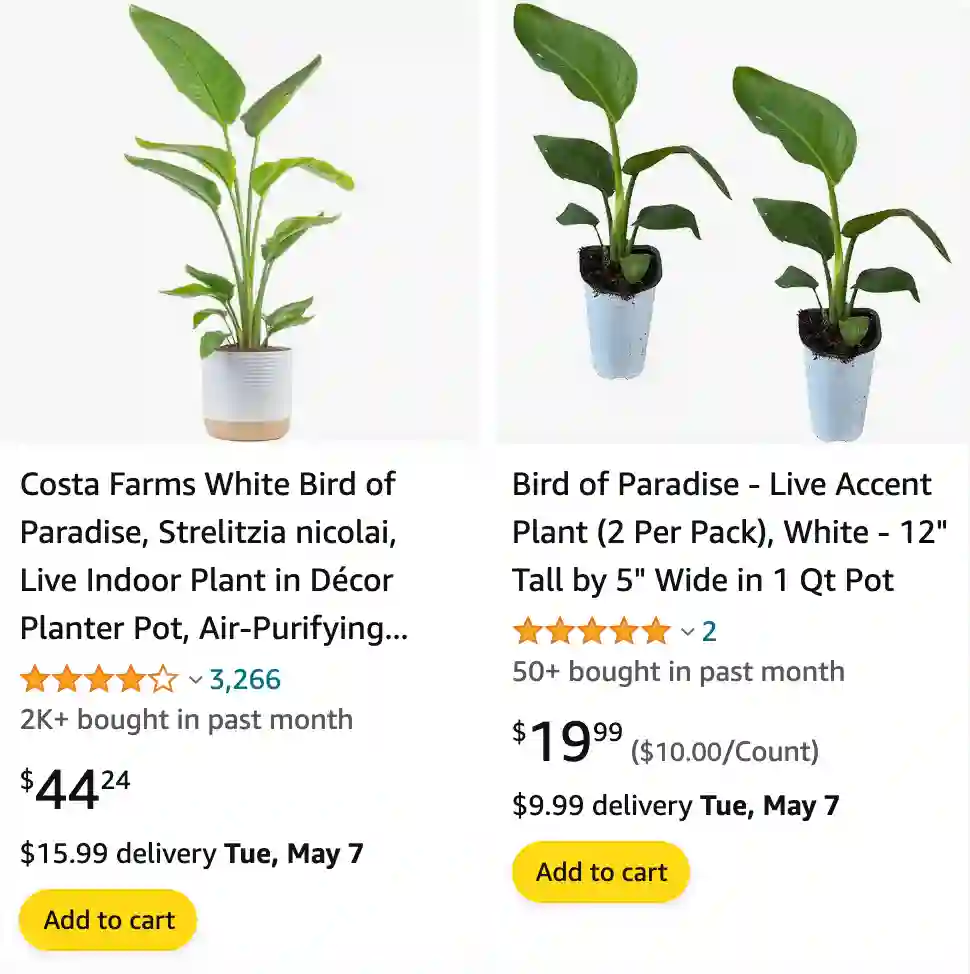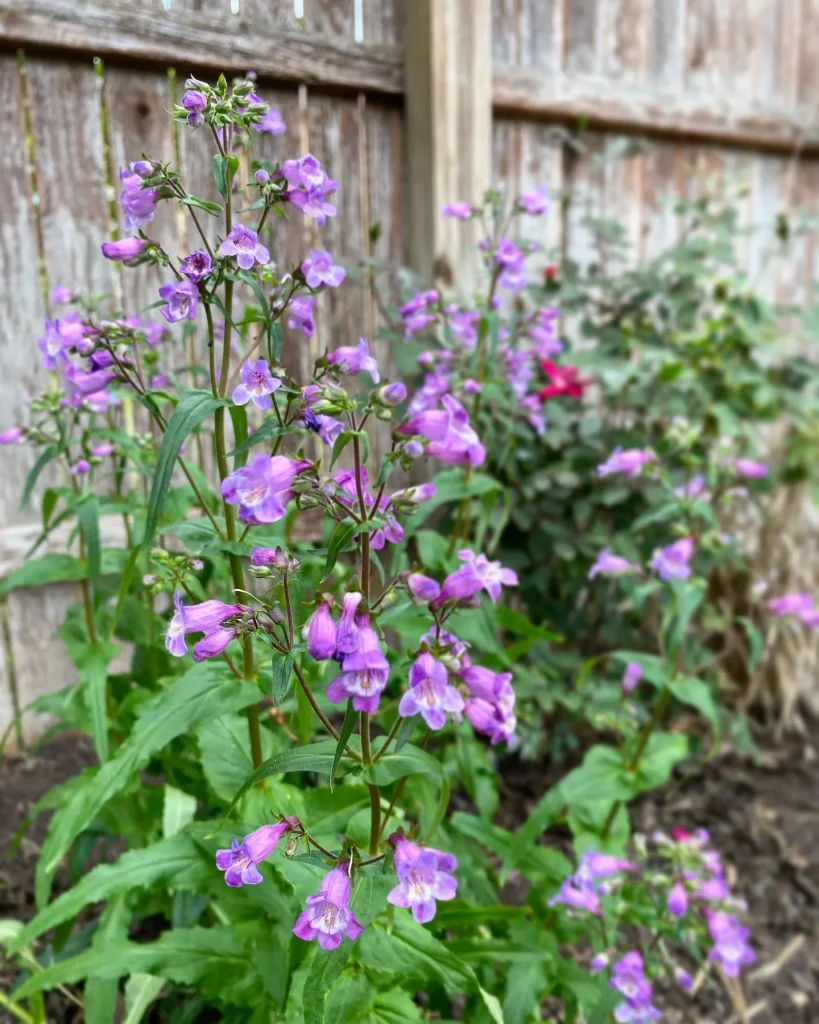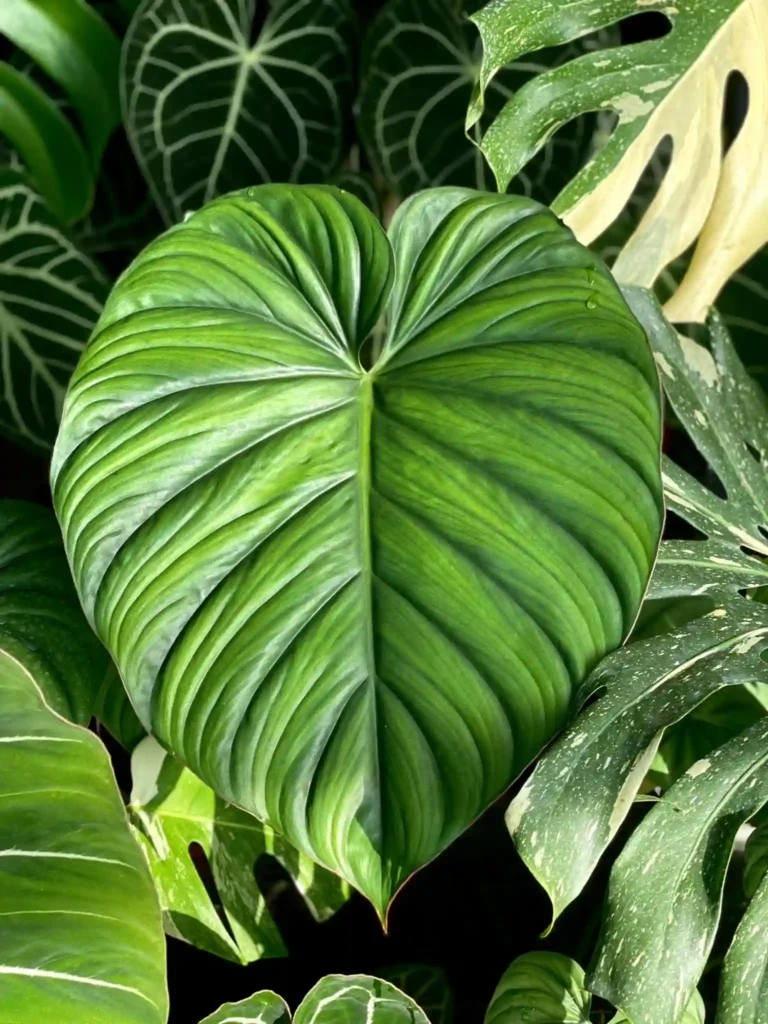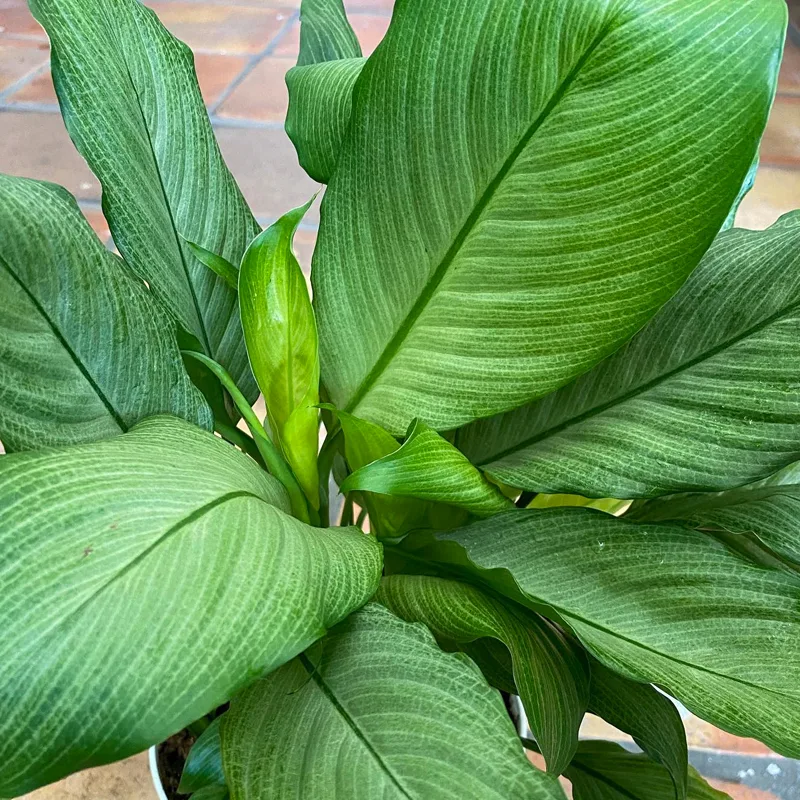
January 11 – Strelitzia
“January 11 belongs to Strelitzia, the bird of paradise.”
Strelitzia symbolizes freedom and individuality. You are unique, vibrant, and unapologetically yourself. Your boldness and creativity make you stand out in any crowd.
Exploring the Genus Strelitzia
The genus Strelitzia, often called “Bird of Paradise”, is one of my favorite plant groups. Known for their striking flowers and unique architectural foliage, these plants bring a tropical vibe that elevates any garden or indoor space. Let me walk you through the species of this fascinating genus.
Strelitzia: A Brief Overview
Strelitzia belongs to the family Strelitziaceae and originates from southern Africa. These plants are known for their bird-like flowers, hence the nickname “Bird of Paradise.” What I love most about Strelitzias is their versatility—they thrive in both gardens and containers. They also symbolize freedom and joy, which resonates deeply with me as a plant enthusiast.
Strelitzia Species
- Strelitzia alba (L.f.) Skeels
- Strelitzia caudata R.A.Dyer
- Strelitzia juncea Andrews Plant FAQs: Strelitzia Juncea
- Strelitzia nicolai Regel & Körn. Plant FAQs: Strelitzia Nicolai – Giant White Bird of Paradise
- Strelitzia reginae Banks Plant FAQs: Strelitzia Reginae
How to propagate bird of paradise?
Dividing my bird of paradise was the most rewarding way I’ve propagated any plant. It felt a bit scary at first, because mine had gotten really full in its pot. But last spring, I took the plunge! Digging it up was a process – those roots are strong! But after carefully separating a section with a healthy shoot and some roots, it felt like holding the promise of a whole new plant. It took some patience for the new guy to get going, but seeing that first little leaf unfurl was so exciting. Now, they’re both thriving next to each other, and I love having multiplied the beauty of my favorite bird of paradise.
How often to water bird of paradise?
My bird of paradise can be a bit dramatic about thirst. I’ve learned the hard way that letting the soil dry out completely is a recipe for limp, unhappy leaves. Now, I water deeply whenever the top two or three inches of soil feel dry to the touch. It seems like every 1-2 weeks, but it can vary depending on the season and how much light it’s getting. I pay attention to the leaves – if they start to droop a bit, that’s my signal to grab the watering can. It’s definitely better to err on the side of underwatering than overwatering though, since soggy roots can be a real problem.
Why are my bird of paradise leaves curling?
Ugh, the curling leaves! I get nervous whenever I see that on my bird of paradise. It’s usually a sign that something’s not quite right with its watering. Sometimes, if I forget to check and the soil gets too dry, the leaves will curl inwards to conserve moisture. Other times, if I’ve been a little too enthusiastic with the watering can, the curls might be from overwatering. It’s like this plant is playing a game with me! Luckily, sticking my finger in the soil to check moisture seems to do the trick. If it’s dry, a good soak usually sorts things out. But if the soil feels damp, I hold off on watering and see if the leaves perk up on their own.
Where to buy bird of paradise plant?
When it comes to purchasing a bird of paradise plant, I’ve found that garden centers or nurseries are the best places to look. These places typically have a wide variety of plants and knowledgeable staff who can help you choose the right one for your space. I remember visiting a local nursery and being amazed by the selection of tropical plants, including several varieties of bird of paradise. The staff there were so helpful, answering all my questions about care and maintenance and even offering advice on how to repot it once I got it home. It was such a fun experience, and now every time I see my bird of paradise plant thriving in my home, it brings back fond memories of that day at the nursery.
Are bird of paradise toxic to cats?
Oh no, that’s something I never even considered! I know my cat loves munching on anything leafy, so this is good to know. Looking it up online, it seems like Bird of Paradise plants are considered mildly toxic to cats [ASPCA], especially the seeds and the leaves. That explains why I might need to be extra vigilant about keeping my feline friend away from it. Maybe I should put the plant on a high shelf or in a separate room where the cat can’t access it. Safety first, even for such a beautiful plant!
How to grow bird of paradise from seed?
Growing a bird of paradise from seed is definitely a project for the patient plant parent! It took mine forever to sprout, but it was so worth the wait. Here’s what I did:
First, I soaked the seeds for a day or two in warm water. Some people scarify the seeds by scratching the hard outer shell a bit, but I didn’t find that necessary. Then, I planted them in a pot with well-draining seed starting mix, just barely covering them with soil. Finding the right moisture balance was key – I kept the soil consistently moist, but not soggy, using a spray bottle to avoid disturbing the seeds. Then came the waiting game! It took about six to eight weeks for the first sprout to finally peek through, and even then, growth was slow at first. But with patience, warmth (using a heat mat can help), and bright indirect light, my little bird of paradise seedling eventually grew into the thriving plant it is today. Just be prepared to wait – it can take years before you see any flowers!
How fast does bird of paradise grow?
In my experience, bird of paradise growth is a slow and steady climb, not a race to the sky. It definitely doesn’t shoot up overnight like some other houseplants. I see maybe 2-3 new leaves a year, and they can take a while to unfurl completely. Don’t get me wrong, it’s rewarding to see new growth, but it takes patience. I’ve heard they can flower after 5 or 6 years, which feels forever away for mine! But I guess that just makes those first blooms even more special.
Is white bird of paradise toxic to dogs?
Yes, unfortunately, white bird of paradise, just like the regular kind, is considered toxic to dogs [ASPCA]. While it likely won’t be fatal, it can cause some unpleasant symptoms for your furry friend. All parts of the plant can be irritating if ingested, but the flowers and seeds seem to be the most problematic, causing things like vomiting, diarrhea, and drowsiness. Knowing my dog, who seems to find everything interesting enough to chew on, this is definitely something to keep in mind. Maybe I should put mine up on a high plant stand or in a room the dog doesn’t have access to, just to be safe.
Why is my bird of paradise drooping?
My bird of paradise can droop for a couple reasons, and it’s usually a matter of figuring out what kind of thirst it has. Sometimes, the leaves get all limp and sad because they’re dehydrated. Sticking my finger in the soil tells the story – if it feels dry down to a few inches, that’s a sign it’s time for a good watering.
On the other hand, overwatering can also make it droop! Those roots need some air, and soggy soil can suffocate them. If the soil feels damp and the leaves are drooping, I hold off on watering and see if they perk up on their own. Maybe I’ve been a little too eager with the watering can lately! Usually, checking the moisture and adjusting my watering habits gets my bird of paradise back on its feet.
What size pot for bird of paradise?
Picking the right pot size for my bird of paradise depends on its current stage. Here’s what I’ve learned:
- For young plants: When I first bring home a baby bird of paradise, or if I’m repotting a smaller one, I go for a pot that’s only 2-4 inches wider than the current pot. A pot that’s too big can lead to overwatering issues.
- For growing birds of paradise: As my bird of paradise gets taller, I step up the pot size gradually. For a plant that’s 3-4 feet tall, a 10-inch pot seems to do the trick.
- For mature plants: Once my bird of paradise reaches adulthood, I don’t worry about sizing up the pot as much. In fact, they can actually flower better when slightly root-bound. So, for a big, happy bird of paradise that’s 5 feet or taller, a 12-14 inch pot is usually a good fit.
The key is to choose a pot with good drainage to avoid soggy roots. It’s also not a bad idea to consider the material – a heavier pot can help balance out a tall, top-heavy bird of paradise.
How to care for a white bird of paradise?
Taking care of my white bird of paradise isn’t too different from looking after a regular bird of paradise, but there are a few key things to keep in mind:
- Sunshine superstar: They love bright, direct sunlight even more than their orange cousins. A south-facing window is ideal if you have one. Just watch out for those midday rays getting too intense, especially in summer. Maybe sheer curtains could help diffuse the light a bit if needed.
- Hydration hero: These white beauties can be thirsty plants. They like the soil to be consistently moist, but not soggy. Sticking my finger in the pot regularly helps – watering when the top inch or two feels dry seems to work well for mine. Letting it dry out completely is a no-no, but overwatering can be an issue too, so it’s a balancing act!
- Humidity haven: White bird of paradise thrives in humid environments. Dry air can lead to brown, crispy leaf edges. I group mine with other humidity-loving plants, or use a pebble tray filled with water to create a more humid microclimate. A humidifier could also be a good option.
- Feeding frenzy: During spring and summer, I give my white bird of paradise a diluted dose of balanced fertilizer once a month. But be sure to follow the instructions on the fertilizer and avoid going overboard – too much fertilizer can damage the roots.
Overall, with plenty of sunshine, consistent moisture, and a humid environment, your white bird of paradise should reward you with stunning blooms!
Can i use cactus soil for bird of paradise?
No, you definitely shouldn’t use cactus soil for your bird of paradise. Here’s why:
- Drainage difference: Cactus soil is designed to drain very quickly, which is perfect for cacti that don’t like sitting in wet soil. Bird of paradise, on the other hand, prefers well-draining soil that can hold some moisture. Cactus soil would dry out too fast for your bird of paradise, potentially leading to underwatering and droopy leaves.
- Nutrient needs: Cactus soil is often low in nutrients because cacti don’t need a lot of fertilizer to thrive. Bird of paradise, however, benefits from a richer potting mix that can provide the nutrients it needs for healthy growth.
Here are some better options for your bird of paradise:
- Potting mix for indoor plants: Look for a pre-mixed potting mix specifically formulated for indoor plants. These mixes usually have a good balance of drainage and moisture retention.
- DIY potting mix: You can create your own mix using ingredients like potting soil, perlite, and orchid bark. This gives you more control over the drainage and nutrient content.
Remember, the key is to find a well-draining mix that can still hold some moisture. With the right soil, your bird of paradise will be much happier!
How cold can bird of paradise tolerate?
Bird of paradise isn’t a big fan of the cold. They’re tropical plants that like things warm and humid. Here’s what I’ve learned about their cold tolerance:
- Danger zone: In general, bird of paradise can only tolerate temperatures down to around 24 degrees Fahrenheit (-4 degrees Celsius) for a short period. Anything colder than that and they start to suffer.
- Cold damage: Even at temperatures above freezing, prolonged exposure to cold can damage the delicate leaves and flower buds. You might see the leaves wilt or turn brown, and forget about getting any blooms if the plant gets chilled.
- Winter blues: If you live in a climate with cold winters, it’s best to bring your bird of paradise indoors before the first frost hits. They’ll appreciate the warmth and stay happy throughout the cold season.
If i die, water my plants!



